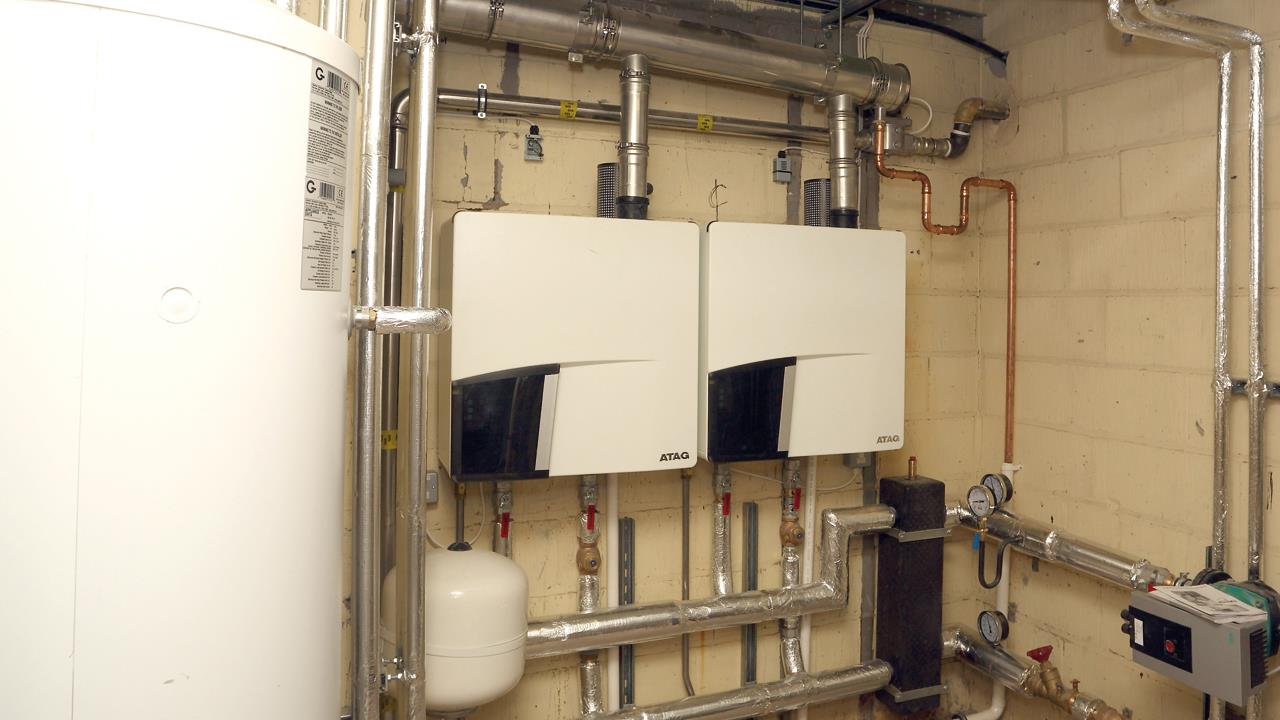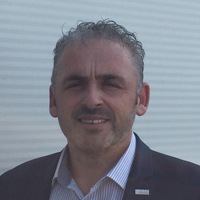


Paul Martin, National Sales Manager at ATAG Commercial, looks at how undertaking commercial training can provide installers with a range of business opportunities.
An up to date domestic Gas Safe qualification enables installers to fit boilers with total outputs of up to 70kW, provided any pipework is less than 35mm in diameter or 0.035m3 in volume.
In order to move beyond this, additional training is required. However, there are plentiful rewards to be gained from doing so, as it presents a wider range of technologies and applications for installers to work on, as well as the potential to find new customers and opportunities for business growth. Indeed, a recent survey by Logic4training revealed upskilling can provide a significant boost to earning potential.
Of course, the prospect of entering a new market can be daunting, as there is a raft of technologies to learn about, as well as regulations to be aware of. However, taking the step from domestic to commercial heating systems can be made easier with a little research into the products available and, of course, undertaking the appropriate training offered by manufacturers.
By doing so, installers can build upon their domestic heating skills and move onto larger scale commercial heating systems. In fact, there is a lot of overlap in terms of the skills and principles involved in light commercial and domestic heating systems, so engineers should not have too many difficulties expanding their knowledge and ability.
Installers must have been Gas Safe-registered for a minimum of six months before they can participate in commercial training, but it is definitely a path worth following in the long-term.
A large number of applications now fall under the ‘light commercial’ umbrella, including supermarkets, restaurants, small leisure centres, and even large houses, all of which usually require boilers with outputs from 70kW to 145kW.
The good news for installers is that many aspects of light commercial projects are similar to those in the residential sector, so they will be able to call upon some of their existing knowledge and skills. However, while the boilers themselves will share similar components, there is undoubtedly a difference in terms of their operating environments.
For example, commercial applications are usually much more intensive on the boiler, leading to extended periods of load. As a result, the manufacturing process utilises more robust materials, ensuring greater strength and longevity. This is particularly relevant in terms of the heat exchanger – the most essential part of a commercial boiler, especially in terms of functionality, durability, and lifecycle costs.
Stainless steel should be the material used for this key component, given its resistance to corrosion in a high variety of pH levels. As stainless steel increases the life of a boiler, while ensuring less system downtime is required for maintenance, it has become the industry’s heat exchanger material of choice.
Another notable difference apparent in the light commercial sector when compared to the domestic is that boilers are frequently installed in cascade arrangements of between two to eight units, which are either wall-mounted in-line or back to back. Such arrangements are extremely reliable, responding more efficiently to different heat loads, while they are also easier to size for specific building needs.
System efficiency is enhanced via the ability to switch individual boilers on and/or off, according to demand. There is also the added benefit of deeper turndown rates – reducing the heat output when demand is low (such as during a hot summer following a particularly cold winter).
Furthermore, space is a key consideration when fitting commercial boilers. Some models can have larger dimensions than anticipated, so need to be taken into consideration at the beginning of a project – especially in applications where space is at a premium.
Then there is the matter of the flue; if a boiler is to be fitted in a commercial property, the flue needs to comply with IGEM/UP/10 (which covers the safe installation of gas appliances in industrial and commercial premises). Plus, the criteria of BS 6644:2011, detailing the specification for the installation and maintenance of gas-fired hot water boilers of rated between 70kW (net) and 1.8MW (net), also needs to be met.
Installers will also need to be trained on the plethora of commercial control options available, especially as modern commercial boilers are designed to run in cascade, as opposed to in sequence.
However, setting up a cascade correctly ensures both reliable ignition and lifetime working efficiencies for the boilers. As a result, many commercial boilers are now supplied with an integrated cascade controller with master/slave functionality. This not only optimises overall efficiencies, it also provides inherent backup in case of breakdown or maintenance.
Last but by no means least, regular servicing and maintenance is vital for commercial boilers and heating systems.
Attending manufacturer training courses will cover all aspects of commissioning, servicing, and repair, providing installers with a thorough understanding of how to keep everything in optimum working order.
If you'd like to keep up-to-date with the latest developments in the heating and plumbing industry, why not subscribe to our weekly newsletters? Just click the button below and you can ensure all the latest industry news and new product information lands in your inbox every week.